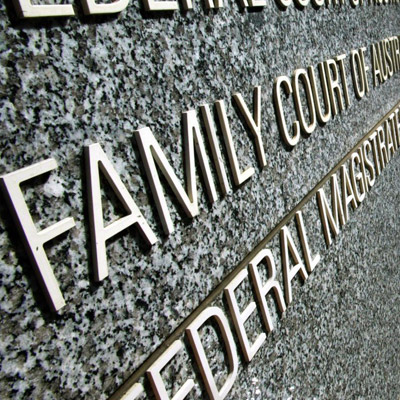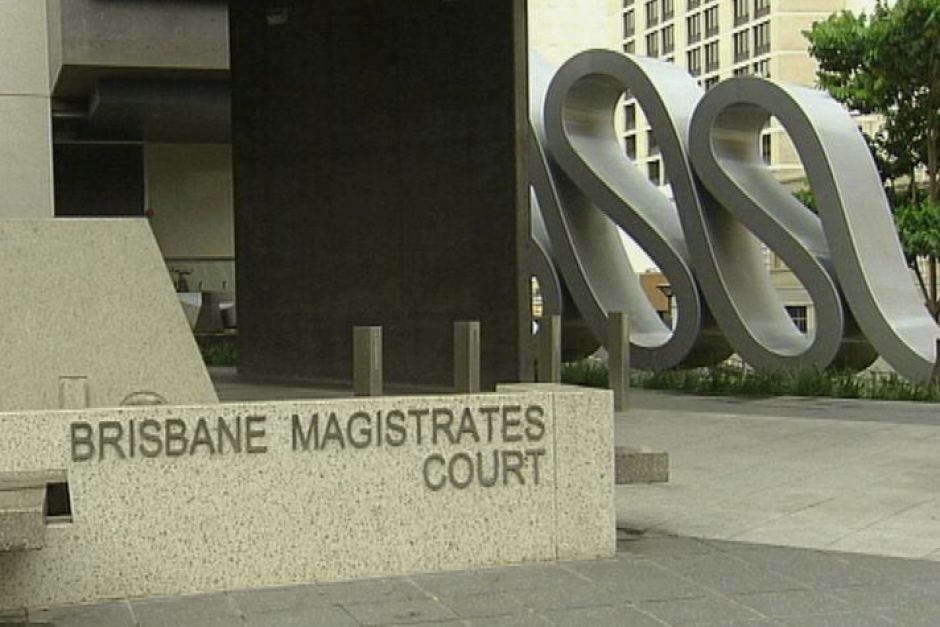Australian courts are organised in hierarchies, which consist of courts at both federal and state (and territory) levels. Courts are separated into two levels of higher courts, sometimes known as ‘superior courts,’ and lower courts. Each court possesses different functionalities, limits and responsibilities.
FEDERAL COURT HIEARCHY
High Court of Australia
The High Court was established under the 1901 federal Constitution and is based in Canberra. It is the highest court and the final court of appeal in Australia. The High Court hears matters regarding the validity of the Constitution and hears appeals from other courts. It has a Chief Justice and six Justices – 7 in total, who are appointed by the Governor-General in Council.
We live in historical times in that the current Chief Justice of the High Court is female, breaking 113 years of male-appointed dominance. Additionally, there are two other female Justices on the bench making it a new day in Australia’s legal history.

High Court of Australia
Federal Court of Australia
The Federal Court was established in 1976 and sits in all capital states of Australia. It hears matters regarding bankruptcy, corporations, industrial relations, native title, taxation and trade practices laws, and hears appeals from decisions (except family law decisions) of the Federal Circuit Court.
Family Court of Australia
The Family Court was also established in 1976 and maintains registries in all Australian states and territories except Western Australia. It hears matters regarding family disputes, divorce applications, parenting disputes, and the division of wealth when a couple separate. It also hears appeals from decisions in family law matters of the Federal Circuit Court.

Family Court of Australia
Federal Circuit Court of Australia
In April 2013, the Federal Magistrates Court, which was established in 1999, was renamed the Federal Circuit Court of Australia and it sits permanently in each state capital. It hears less complex disputes in matters including family law and child support, administrative law, admiralty law, bankruptcy, copyright, human rights, industrial law, migration, privacy and trade practices. It exists to relive the burden of junior work from both the Federal Court and Family Court.
STATE COURT HIEARCHY
Each state and territory has its own laws and court system. These courts fall within the responsibilities of the relevant state or territory Attorney‑General or Minister for Justice.
The State Supreme Courts
At federation in 1901, each colony had its own state court and the Supreme Court sits at the highest. It has two divisions, the Trial Division and the Court of Appeal.
– Trial Division
The Trial Division hears “indictable” offences; such as the most serious criminal cases, including murder, manslaughter and serious drug offences. The division also hears all civil matters involving amounts over $750,000. It uses juries with a “normal” size being 12 and jurors drawn randomly from the electoral roll.
– Court of Appeal
The Court of Appeal hears appeals from the Supreme Court and the District Court. It doesn’t use juries.

Supreme Court of Victoria
District Courts (called County Court in Victoria)
Re-established in 1958 by Parliament, the District Court, or County Court in Victoria, and sits in major cities around Australia. It is an intermediate court between the Supreme Court and courts of summary jurisdiction. The court hears “indictable” offences such as serious criminal offences like rape, armed robbery, dangerous driving and fraud. It also hears civil disputes up to the amount of $750,000. Juries are used to decide if defendants are guilty or not guilty, yet some cases are decided by a judge without a jury.
Magistrates (and Local) Courts
The Magistrates Court is the first level of the court system, which hears about 95% of cases and sits in major cities around Australia. These courts are called “summary” jurisdiction as they deal summarily with less serious matters such as traffic and parking violations, drunkenness offences, shoplifting or disorderly behaviour. However, most criminal cases are first heard in this court in some manner. Juries don’t sit in the Magistrates Court, so the magistrate makes all the decisions in both criminal and civil matters.

Magistrates Court of Brisbane
Summary
In Australia’s federal system of government, there tends to be an overlap of federal and state courts. This can potentially cause delays, inefficiency and high costs.
Due to this overlap, the cross-vesting legislation was passed in 1987 to allow state courts to exercise federal jurisdiction and federal courts to exercise state jurisdiction where it is appropriate.
Although this sounds complex, especially with a variety of courts available in each jurisdiction, the common law of Australia is common to all states, territories and to the federal system. Additionally, there are reasonable similarities to a certain degree in statutes and legislation across the country.
“…the best lawyers are those who question received wisdom. They are the ones who look beyond the words of texts; question the current legal orthodoxy; keep their minds open to new thoughts; perceive the growing expansion of law beyond local jurisdiction; and are always alert to law’s abiding mission as an instrument of justice,” the Hon. Justice Michael Kirby AC CMG at QUT Law School.
Disclaimer: The content within is general or publicly available information only. The court system detailed above is current at the date of the blog’s publication.





Aly Chiman
Hello there,
My name is Aly and I would like to know if you would have any interest to have your website here at beyondthepacific.com promoted as a resource on our blog alychidesign.com ?
We are in the midst of updating our broken link resources to include current and up to date resources for our readers. Our resource links are manually approved allowing us to mark a link as a do-follow link as well
.
If you may be interested please in being included as a resource on our blog, please let me know.
Thanks,
Aly
Beyond the Pacific
Hi Aly,
Thank you for your message. Yes, I would be interested in working together. I will be in touch by email a little later today.
Thanks in advance,
Miriam.
Craig Peden
Hi Miriam, this is brilliant actually a good snapshot of our courts. Write more, thats all I have to say. All the best!